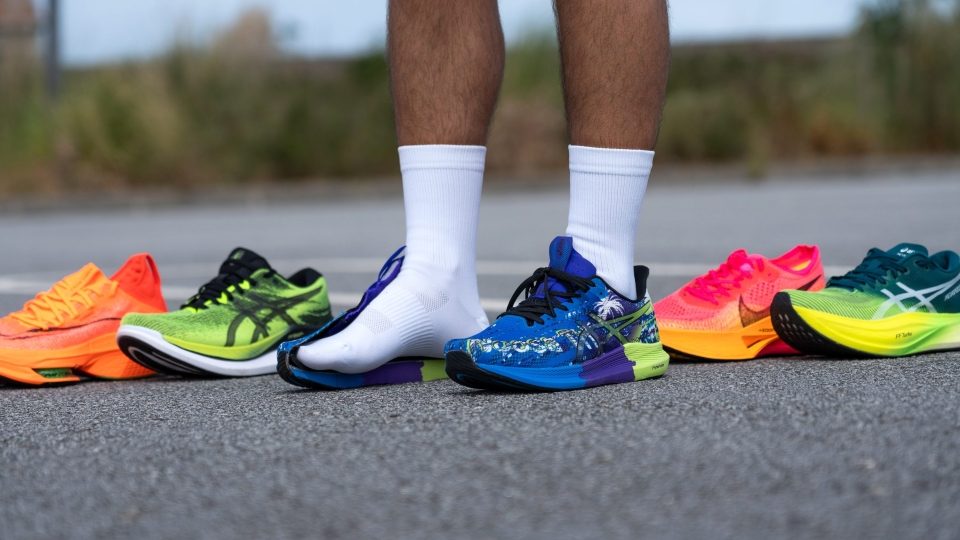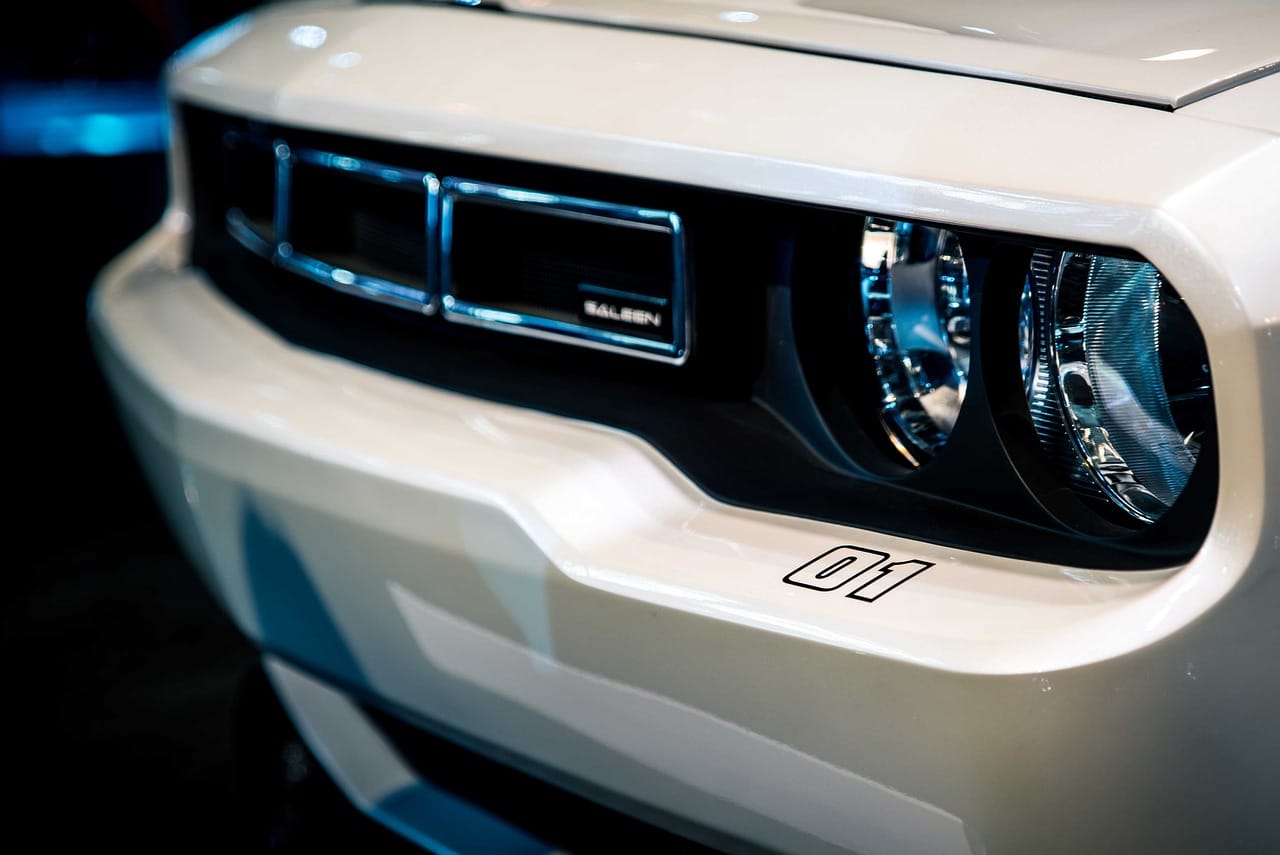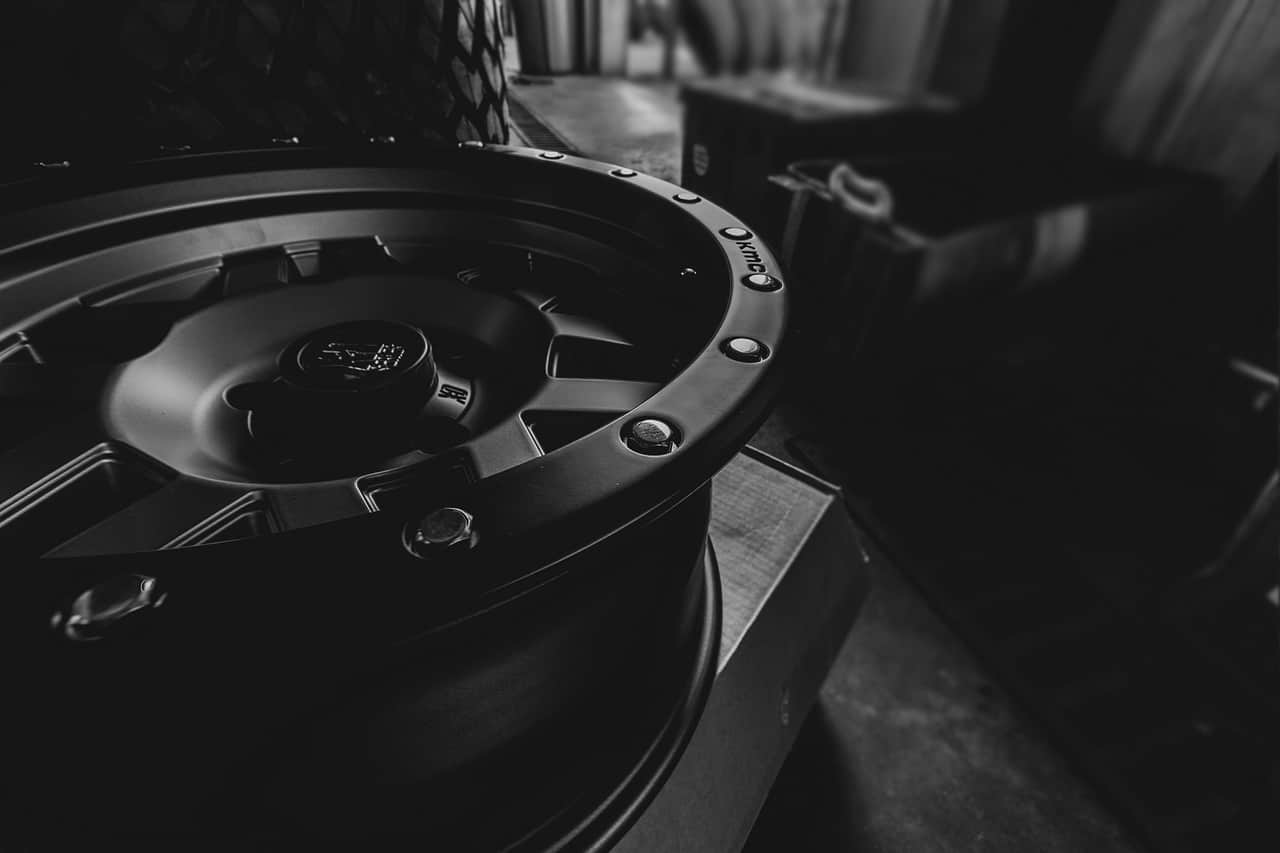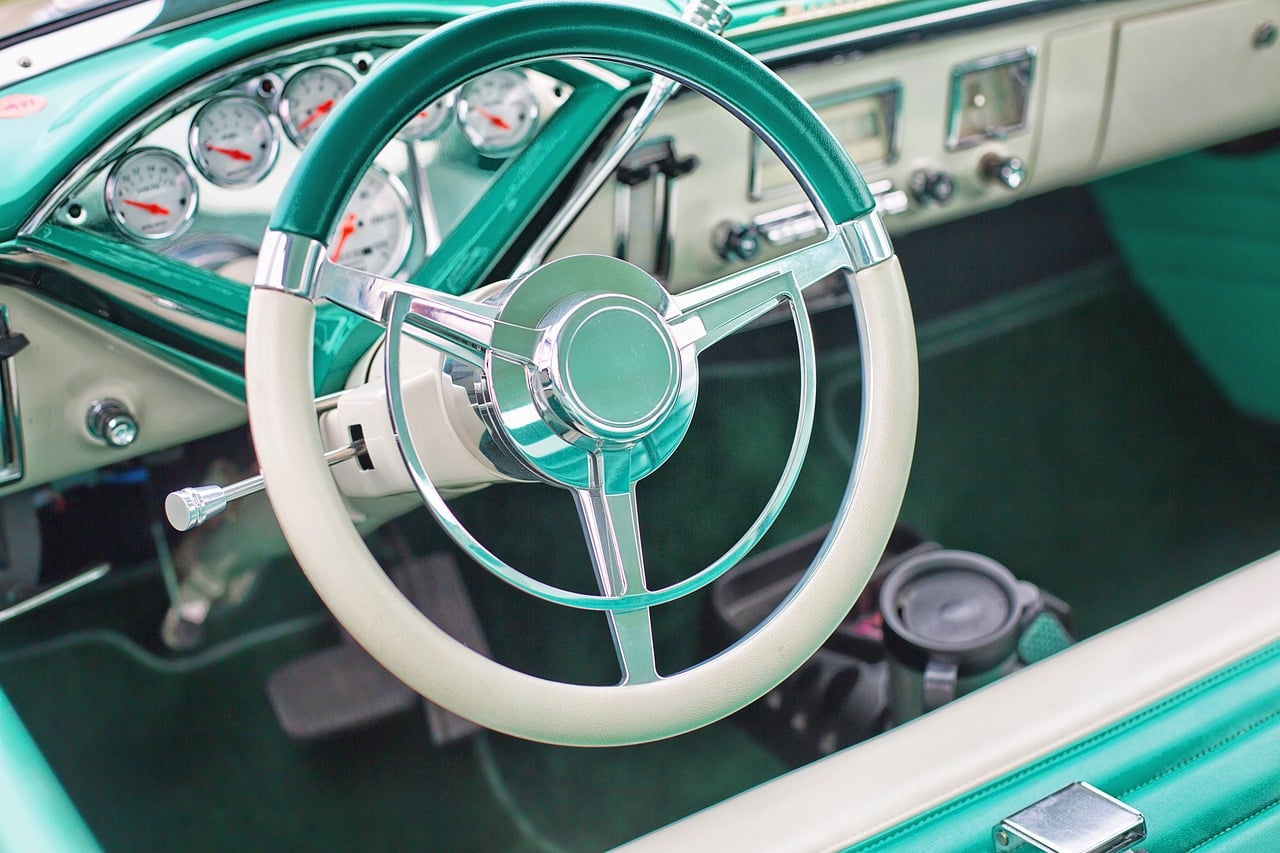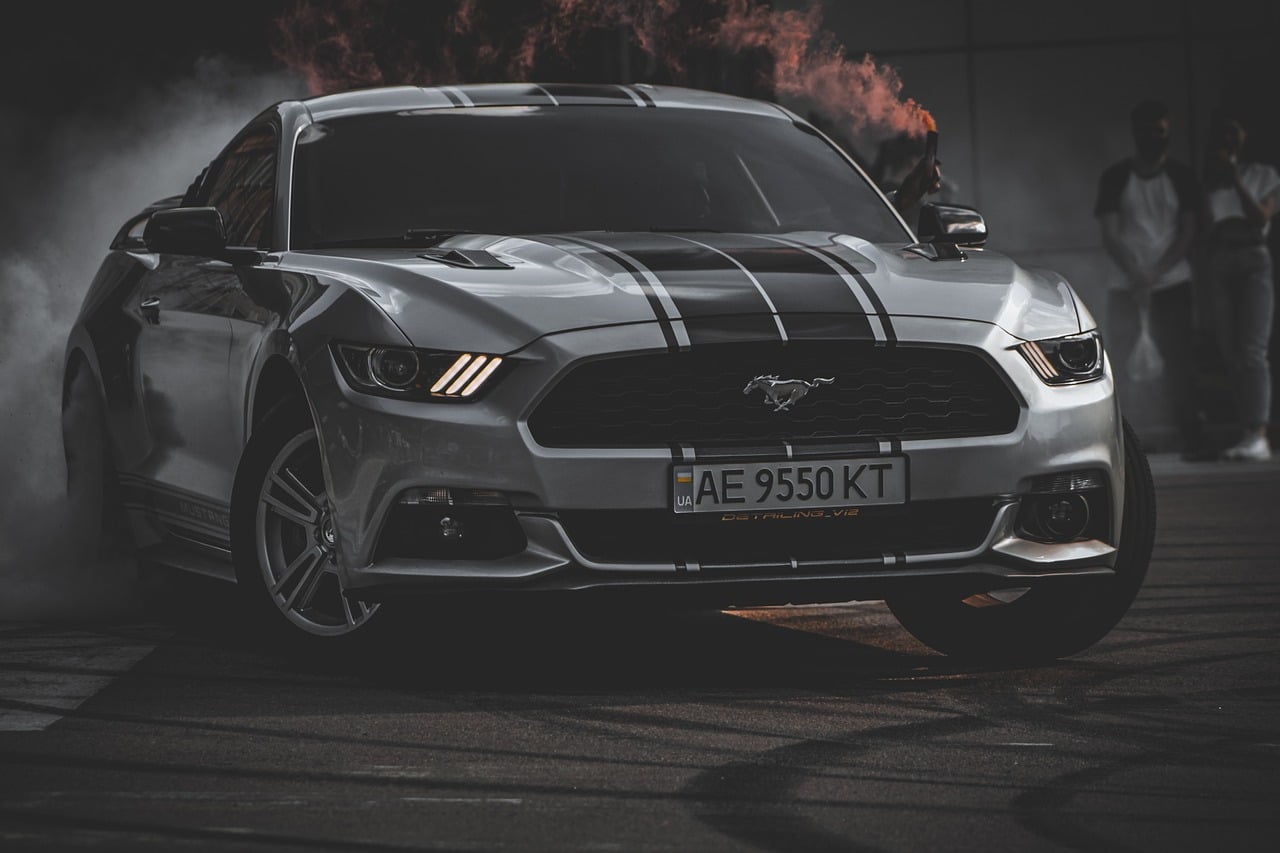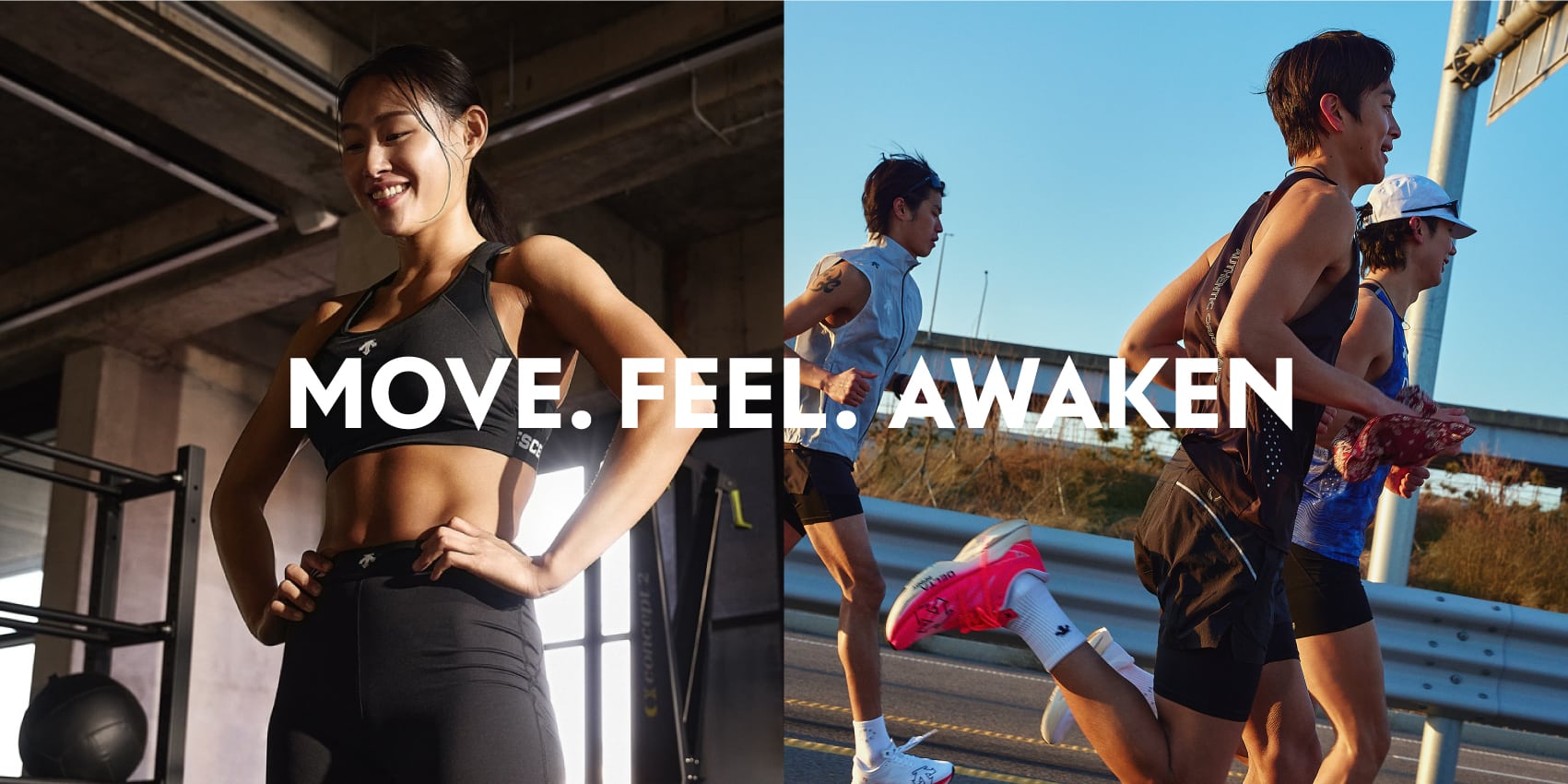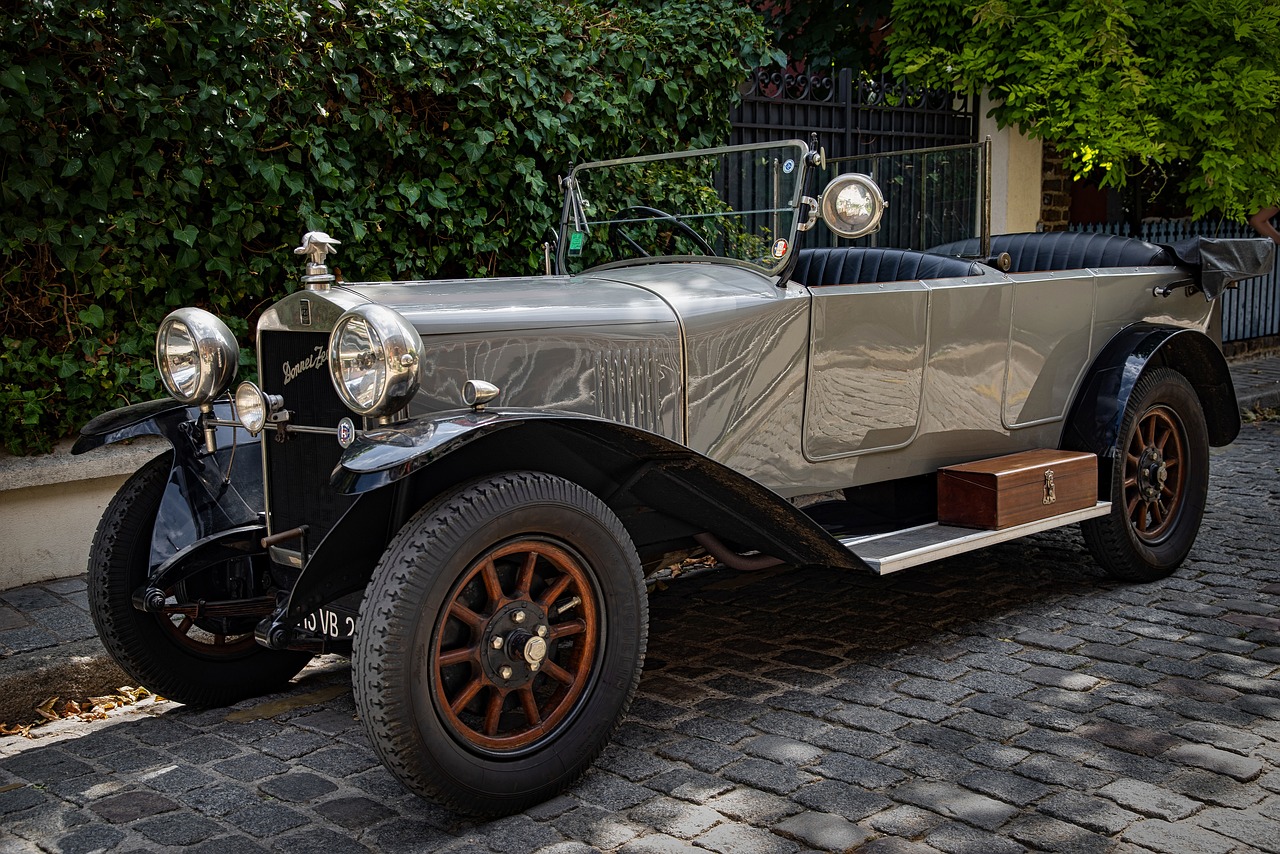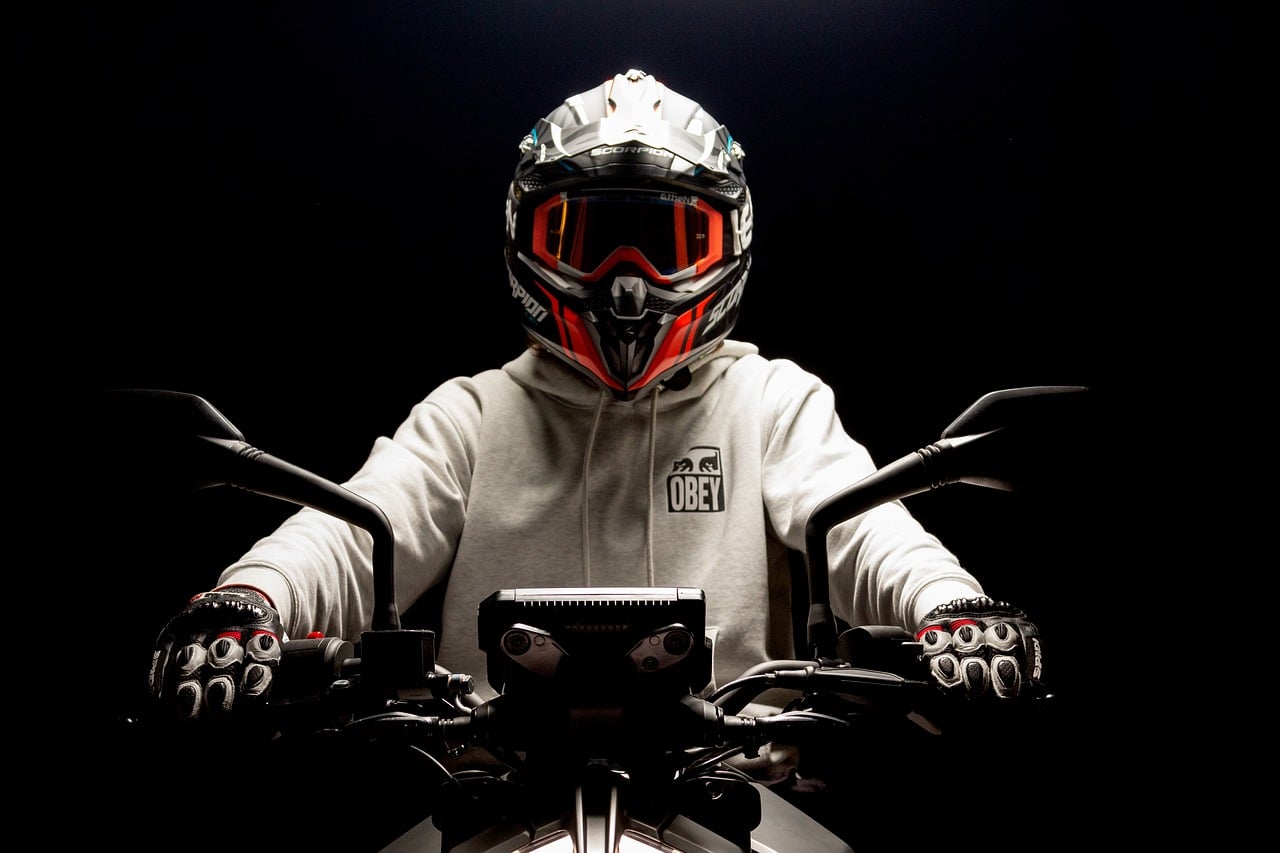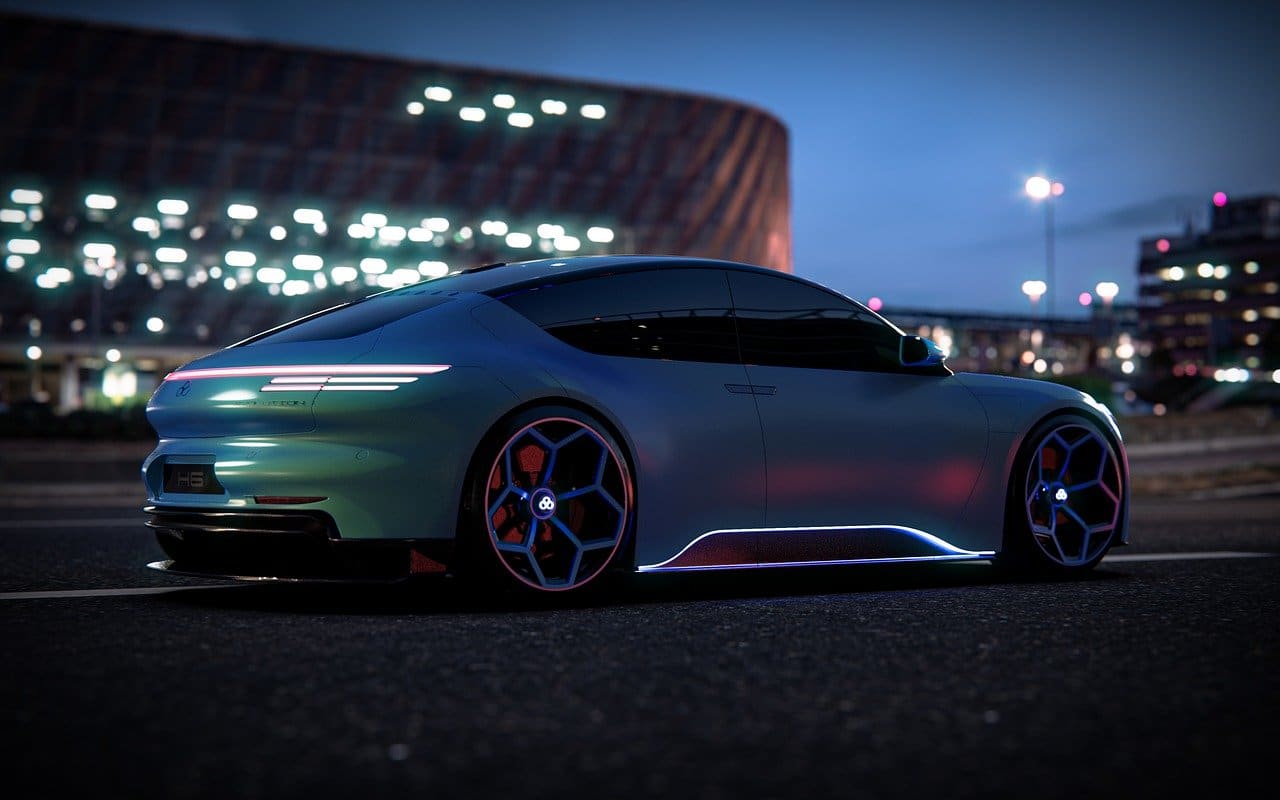Now Reading: The Best Running Shoes on Pavement A Comprehensive Guide
-
01
The Best Running Shoes on Pavement A Comprehensive Guide
The Best Running Shoes on Pavement A Comprehensive Guide
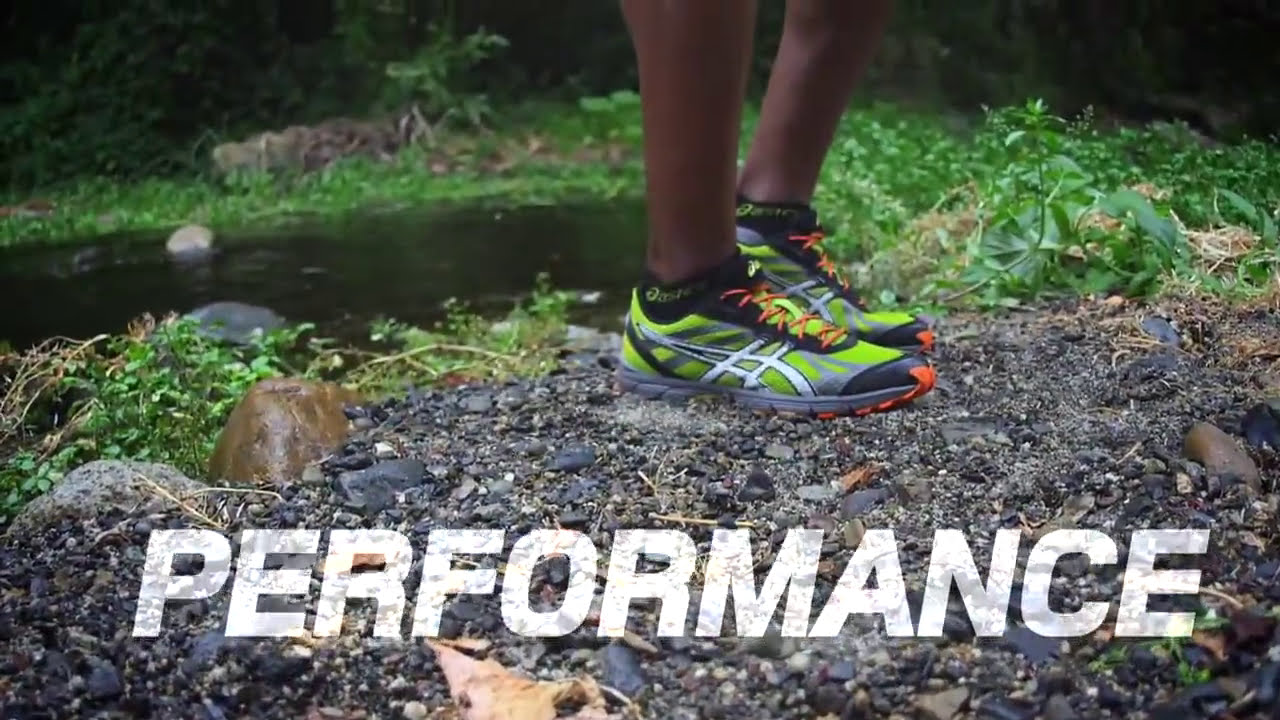
Whether you’re a seasoned runner or just starting out, finding the right pair of running shoes is crucial to your performance. With so many options on the market, it can be overwhelming to choose the best one for your specific needs. As someone who has been running for years and has tried multiple pairs of shoes, I know how important it is to have quality footwear that will provide comfort and support on different surfaces. In this blog post, we’ll take a deep dive into the best running shoes for pavement, with thorough explanations and comparisons to help you make an informed decision.
Understanding the Needs of Pavement Running

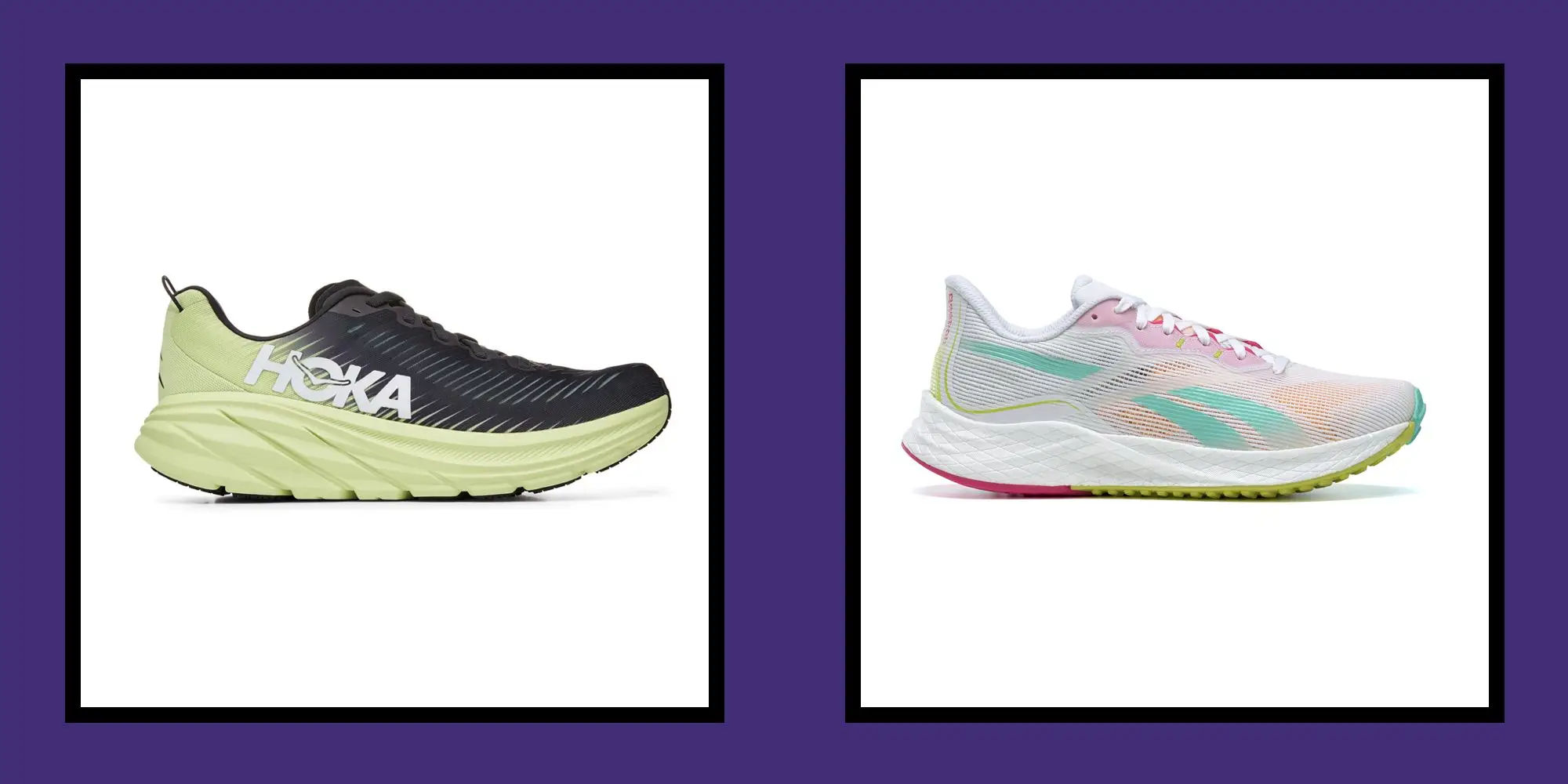
Before delving into the specifics of the best running shoes for pavement, it’s essential to understand why pavement running requires a different type of shoe compared to other surfaces. Unlike trails or treadmills, pavement is a hard and unforgiving surface that exerts more impact and pressure on your feet and joints. With every stride, your body has to absorb the shock from the ground, and if your shoes don’t provide adequate cushioning and support, it can lead to injuries such as shin splints, knee pain, and even stress fractures.
Aside from shock absorption, pavement running also requires shoes with excellent traction and responsiveness. As pavements are often flat and smooth, there is less grip compared to other surfaces, which can increase the risk of slips and falls. Furthermore, the repetitive motion of running on pavement can cause fatigue in your feet and legs, making it crucial to have shoes with responsive cushioning to propel you forward and reduce strain.
Now that we understand the unique demands of pavement running let’s explore the best running shoes that cater to these needs.
1. Cushioning vs. Support: Which One is More Important for Pavement Running?
When researching running shoes, you’ll come across two main types – cushioned and supportive. Cushioned shoes have a softer and thicker midsole, providing more shock absorption, while supportive shoes offer a firmer and more structured sole for stability.
For pavement running, both cushioning and support are essential factors to consider. The hard surface of pavement requires ample cushioning to minimize the impact on your feet and joints. However, too much cushioning can also lead to instability, increasing the risk of ankle injuries. Therefore, it’s crucial to find a balance between cushioning and support that works best for your feet and running style.
The Importance of Midsole Material
When looking for cushioned running shoes, pay attention to the material used in the midsole. Most cushioned shoes use EVA (ethylene-vinyl acetate) foam, which is lightweight and provides good shock absorption. Some brands also use their own proprietary foams, such as Adidas’ Boost or Nike’s React, which claim to offer superior cushioning and energy return.
Click here to preview your posts with PRO themes ››
On the other hand, supportive shoes often use denser materials like TPU (thermoplastic polyurethane) or a medial post made of harder foam to provide structure and stability. These types of shoes are ideal for overpronators, individuals whose feet roll inward when they run.
2. Choosing the Right Type of Shoe for Your Foot Arch
Another crucial factor to consider when selecting the best running shoes for pavement is your foot arch. There are three main types of foot arches – neutral, high, and low – and each requires different types of shoes to provide proper support and prevent injuries.
- Neutral Arches: Runners with neutral arches have a normal foot strike, where the outside edge of the heel makes initial contact with the ground, and the weight is evenly distributed throughout the foot. For this type of foot, cushioned or stability shoes are ideal as they provide adequate support without altering the natural running gait.
- High Arches: Runners with high arches have a more pronounced arch, and their feet tend to supinate or roll outward when running. As there is less surface area in contact with the ground, it can increase the impact on the foot and lead to various injuries. These individuals should opt for cushioned shoes with additional arch support to help absorb shock and distribute weight evenly.
- Low Arches: Runners with low arches have flat feet, causing them to overpronate or roll their feet inward when they run. This motion can put extra strain on the knees and ankles, making it crucial to choose supportive shoes with a medial post to correct the pronation.
While determining your foot arch type can be done at home by examining your footprint, it’s always best to get a professional gait analysis at a specialty running store to ensure you’re wearing the right type of shoe for your feet.
3. Which Brands Offer the Best Running Shoes for Pavement?

With so many brands in the market, it can be challenging to determine which ones offer the best running shoes for pavement. To make things easier, we’ve narrowed it down to three top brands that consistently produce quality running shoes.
Nike
Nike has been a household name in the athletic footwear industry for decades, and their running shoes are highly sought after by both amateurs and professionals. With their signature Air and React foam technology, Nike offers a wide range of cushioned and supportive shoes suitable for pavement running. Some popular models include the Nike Zoom Pegasus and the Nike Structure.
Adidas
Another well-known brand in the running community is Adidas. They pride themselves on their Boost foam technology, which claims to provide superior cushioning and energy return. Adidas offers a diverse range of running shoes, from neutral to stability, and some popular options for pavement running are the Ultraboost and Solarboost.
Brooks
Brooks may not be as popular as the other two brands, but they are a favorite among seasoned runners. Their BioMoGo DNA and DNA LOFT foam technology offer excellent cushioning and support to cater to various foot types and running styles. The Ghost and Adrenaline GTS are two of their best-selling models for pavement running.
Click here to preview your posts with PRO themes ››
4. Top 5 Best Running Shoes for Pavement

Now that we understand the key factors to consider when choosing the best running shoes for pavement let’s take a closer look at five top-performing models on the market.
Nike Pegasus 37
The Nike Pegasus has been a staple in the brand’s running shoe line for over 30 years, and it continues to receive rave reviews from runners all over the world. The latest model, the Pegasus 37, features a full-length React foam midsole, providing exceptional cushioning and responsiveness. It’s also designed with a wider forefoot area, allowing your toes to splay comfortably for a more natural feel while running.
| Pros | Cons |
|---|---|
| Excellent cushioning | Some complaints about durability |
| Responsive ride | Slightly heavier compared to other models |
| Roomy toe box |
Adidas Ultraboost 20
The Adidas Ultraboost is a fan favorite for its sleek design and superior performance. The 20th iteration of this model features the brand’s signature Boost foam, which offers excellent cushioning and energy return. The Primeknit upper provides a snug, sock-like fit, and the Continental rubber outsole ensures maximum grip on pavement surfaces.
| Pros | Cons |
|---|---|
| Superior cushioning and energy return | Pricey compared to other models |
| Comfortable fit | Limited color options |
| Stylish design |
Brooks Ghost 13
The Brooks Ghost is a versatile running shoe suitable for both beginner and experienced runners. The Ghost 13 features Brooks’ proprietary BioMoGo DNA and DNA LOFT foam, providing a soft yet responsive ride. The upper is made of engineered mesh, offering breathability and flexibility, and the outsole has grooves for better traction on pavement surfaces.
| Pros | Cons |
|---|---|
| Soft and responsive cushioning | Some complaints about durability |
| Comfortable upper | May feel too narrow for some |
| Good traction |
New Balance Fresh Foam 1080v10
The New Balance Fresh Foam 1080v10 is a highly-rated shoe among runners looking for a balance of cushioning and support. The updated model features a Fresh Foam X midsole, which offers a soft and bouncy ride, and the Ortholite sockliner provides additional comfort. The Hypoknit upper wraps around your foot for a secure fit, and the outsole is designed with flex grooves for better grip on pavements.
| Pros | Cons |
|---|---|
| Excellent cushioning | Pricey compared to other models |
| Secure fit | Slightly heavier compared to other models |
| Durable outsole |
Saucony Ride 13
The Saucony Ride 13 is another versatile running shoe suitable for all types of runners. It features PWRRUN cushioning, which offers a smooth and responsive ride, and the FORMFIT technology in the upper provides a secure fit. The outsole is made of durable rubber with flex grooves for better grip on pavement surfaces.
| Pros | Cons |
|---|---|
| Smooth and responsive ride | Some complaints about sizing |
| Comfortable upper | May not provide enough support for overpronators |
| Durable outsole |
5. Tips for Choosing the Right Running Shoes for Pavement
Apart from considering the factors mentioned above, here are a few additional tips to keep in mind when choosing the best running shoes for pavement.
- Know your foot type and gait – As mentioned earlier, it’s crucial to have a professional gait analysis done to determine your foot arch and gait. This will help you choose the right type of shoe for your feet.
- Consider your running style – Everyone has a different running style, and it’s essential to find shoes that cater to your specific needs. For example, if you’re an overpronator, stability shoes with a medial post will provide more support and prevent injuries.
- Try before you buy – It’s always best to try on multiple pairs of shoes before making a purchase. Walk or run around the store to get a feel for the shoes and see how they fit and perform.
- Replace your shoes regularly – Running shoes have a lifespan of 300-500 miles, and it’s essential to replace them once they start showing signs of wear and tear. Worn-out shoes can lead to injuries and reduce performance.
- Consider the terrain – If you primarily run on pavements but also like to hit the trails occasionally, opt for shoes with a versatile outsole that can handle both surfaces.
Click here to preview your posts with PRO themes ››
6. Maintaining Your Running Shoes for Maximum Performance
Now that you’ve invested in a good pair of running shoes, it’s crucial to take care of them to ensure they last longer and provide maximum performance. Here are a few tips for maintaining your running shoes.
- Air them out – After every run, remove the insoles and loosen the laces to allow the shoes to air out and dry properly.
- Hand wash when necessary – If your shoes are muddy or dirty, hand wash them using mild soap and water. Avoid putting them in the washing machine, as it can damage the materials.
- Use a shoe horn – Using a shoe horn when putting on your shoes can prevent the heel counter from breaking down.
- Rotate between pairs – To prolong the life of your shoes, it’s best to rotate between two or three pairs for different runs.
- Know when to replace – As mentioned earlier, running shoes have a lifespan of 300-500 miles. If you start feeling discomfort or notice excessive wear and tear, it’s time to replace them.
Conclusion

Pavement running can be a challenging yet rewarding experience, but only if you have the right pair of running shoes. By considering factors such as cushioning, support, foot arch, and brand, you can narrow down your options and find the perfect shoe for your needs. Remember to keep in mind our top five picks – Nike Pegasus 37, Adidas Ultraboost 20, Brooks Ghost 13, New Balance Fresh Foam 1080v10, and Saucony Ride 13 – when making your final decision. And don’t forget to take good care of your shoes to ensure they provide maximum performance. Happy running!

















